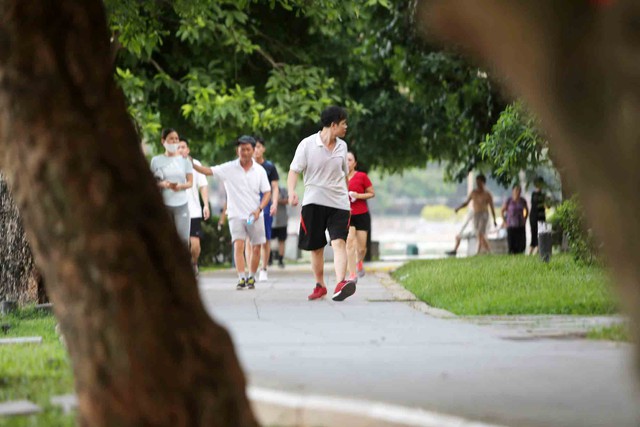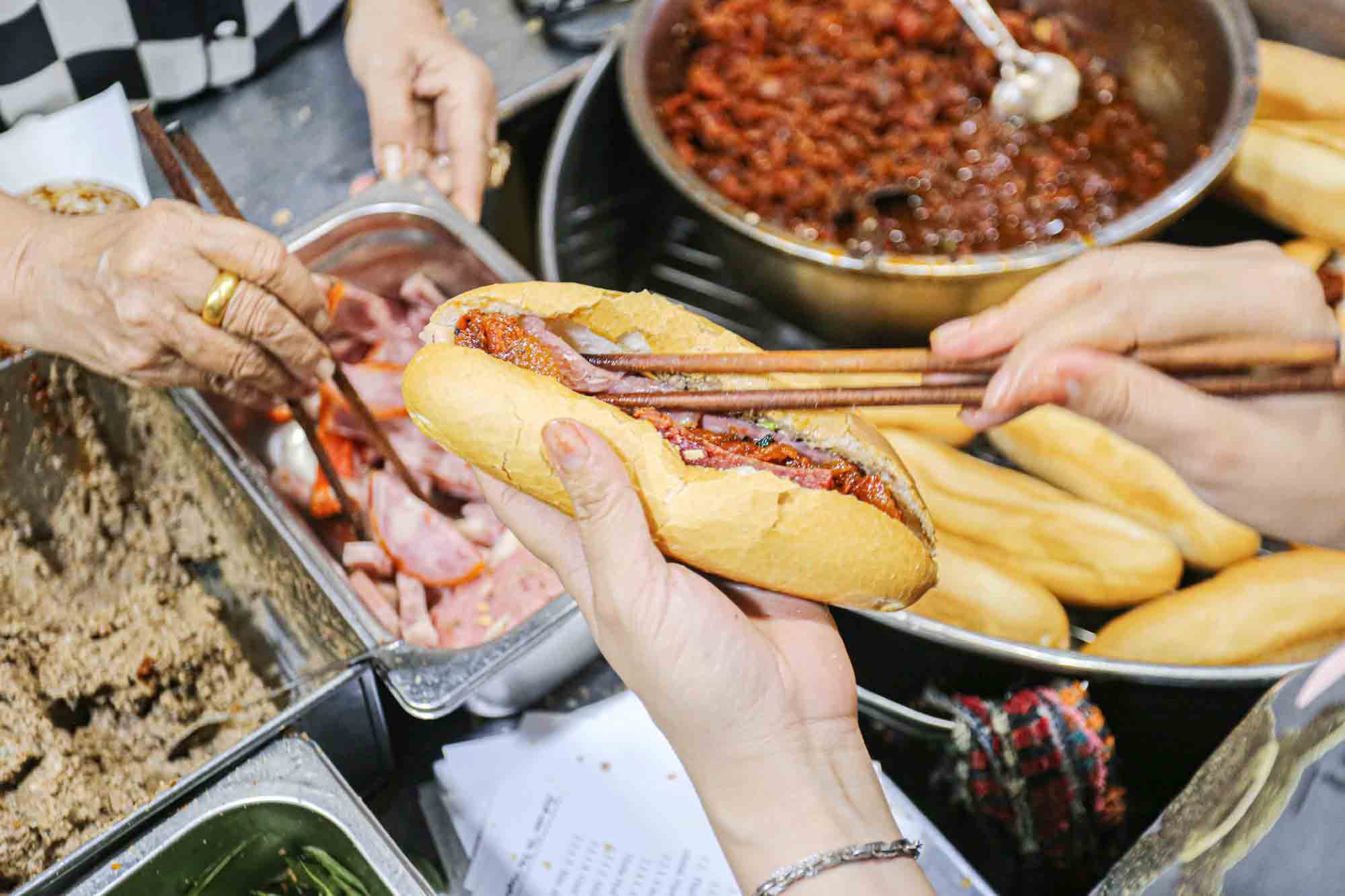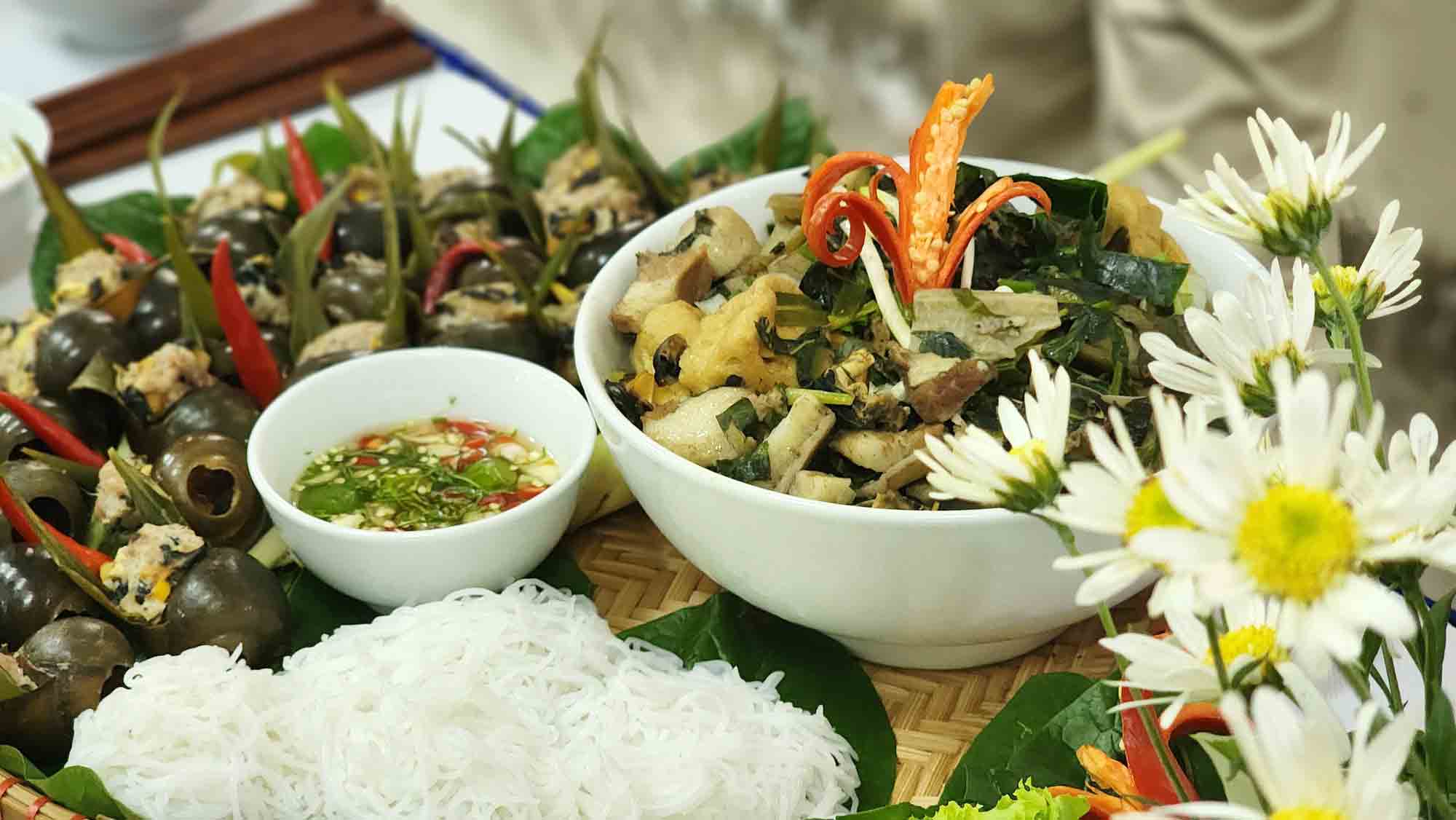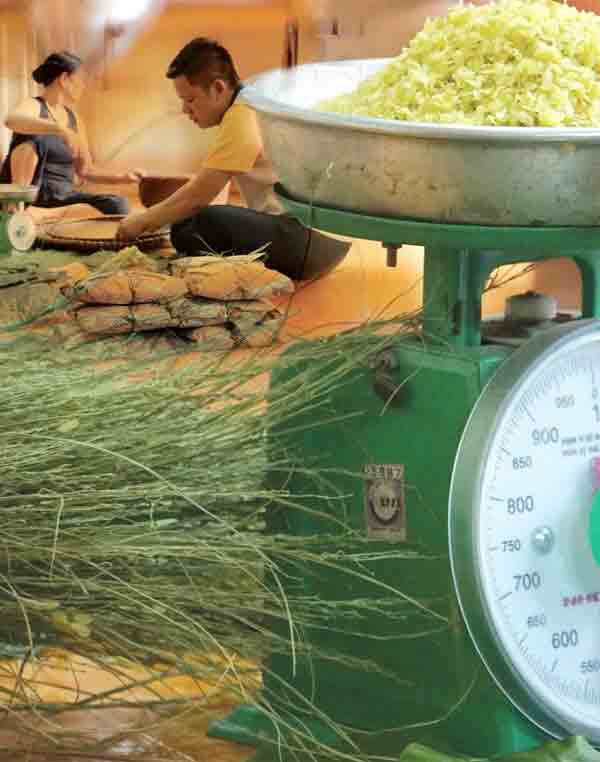The director of the Hanoi Department of Culture and Sports aspires to go beyond merely showcasing Hanoi’s culinary delights at this year’s Culinary and Cultural Festival. The broader objective is to create a dining space that mirrors the aesthetic and quality standards found in establishments honored by Michelin.
Nurturing the New Pedestrian Zone
Organized by the Hanoi Department of Culture and Sports, this year’s Culinary Culture Festival seeks to celebrate the pedestrian zone on Tran Nhan Tong Street. This area features the serene Thien Quang Lake surrounded by lush greenery and Thong Nhat Park, a socialist public architectural endeavor designed by Vietnamese architects. “We prioritize organizing the event in this space due to its connection with the park,” stated Mr. Do Dinh Hong, Director of the Department, during a press conference on November 29.

The Thong Nhat Park was chosen for the Hanoi Culinary Culture Festival.
The organizing committee plans to set up 80 stalls, including sections dedicated to introducing cuisines from countries such as India, Iran, Sri Lanka, Mongolia, Azerbaijan, Malaysia, Myanmar, and the Philippines. There will also be areas highlighting regional delicacies, such as Hanoi’s own specialties like Banh Chung Gu, air-dried meat, Bac Ninh’s chrysanthemum wine, wedding cake, rice cake, Bui roll spring, Quang Nam’s Quang noodles, chicken rice, pomelo sweet soup, cao lau, corn sweet soup, and various types of sandwiches.
Indulging in Traditional Craft Cuisine and Artisans’ Performances
The most anticipated area is expected to be the space showcasing the culinary and cultural heritage of representative craft villages and the performances of traditional craft artisans from Hanoi. Visitors will get to experience Hanoi’s unique delicacies, including Me Tri green rice flakes, Phu Thuong sweet soup and sticky rice, So village vermicelli, Uoc Le sausage, Quang Phu Cau rice porridge, Hoa Nam steamed rolled rice pancake, Thach Xa “che lam” cake, Tam Hiep eggplant with soy souce, Van Nam bananas, and Ha Mo se porridge.
Mr. Do Dinh Hong stated that the organizing committee aims to create culinary spaces where visitors not only taste the food but also witness the preparation process. They aim to provide an aesthetically pleasing and culturally rich experiential space. “If done correctly, it will resemble the dining establishments recently selected by Michelin,” added Mr. Hong.

Bread from many regions will be introduced during the festival.
Even though many delightful experiences await visitors at the forthcoming Culinary Culture Festival in Hanoi, the issue of water and hygiene demands careful attention from the organizers. Recalling a previous food expo at Hoang Thanh Thang Long, a restaurant had to transport water to serve its stall. Conversely, in Lenin Park, areas designated for handwashing were virtually nonexistent. This undoubtedly will hinder the enjoyment of culinary delights, particularly when families are engaged in various games along Tran Nhan Tong Pedestrian Street.
On this matter, Mr. Hong stated, “I visited the restaurant of artisan Anh Tuyet, and before dining, we washed our hands in a bronze basin infused with fragrant flowers. Here, we focus on introducing culinary products, but the means to fully enjoy them may not be immediately guided.”

Snail dishes will also be available at the festival.
The organizers may consider restricting the quantity of pho sold in a day due to inadequate dishwashing facilities. Drawing from the experience of bringing pho to Toulouse, France, Mr. Hong explained, “I stipulated selling only 1,000 bowls per day. The number of pho servings is based on spatial considerations to avoid congestion during queuing. In the realm of culinary culture, the presentation of food for sale must be clean and possess the distinctive characteristics of a restaurant. It’s about creating an irresistible desire for customers to indulge,” emphasized Mr. Hong.

Hanoi green rice flakes
A notable highlight of this year’s Hanoi Culinary Culture Festival is the anticipated presence of artisans. Nguyen Thi Hien, owner of “Bun Oc Ba Ngoai” (Grandma’s Snail Vermicelli), is expected to showcase her renowned cold snail vermicelli. Growing up in the Old Quarter, Ms. Hien has crafted a charming dish of snail nem, wrapped in fresh betel leaves. Another artisan, with a six-generation legacy, specializes in making Quang Phu Cau rice porridge, where the grains meld with water from the Dong fish. The commitment to preserving this craft through six generations reflects the enduring history of this dish.
Trinh Nguyen
According to Thanh Nien

